40 e numbers on food labels
Food Labels | CDC - Centers for Disease Control and Prevention All the numbers on this label are for a 2/3-cup serving. This package has 8 servings. If you eat the whole thing, you are eating 8 times the amount of calories, carbs, fat, etc., shown on the label. Total Carbohydrate shows you types of carbs in the food, including sugar and fiber. Choose foods with more fiber, vitamins, and minerals. What do the E numbers on food labels mean? - kkfood.cc Food additives that have been assessed are assigned E Numbers in the EU. These appear on labels and lists of ingredients. E Numbers have, in the minds of many consumers, become a dirty word. However many natural, and perfectly harmless, substances are designated their own numbers. What does the E stand for on food labels? The "E" stands for ...
PDF FOOD INGREDIENT NUMBERS: (E-numbers) (INS) FOOD INGREDIENT NUMBERS: (E-numbers) E numbers. are number codes for food additives and are usually found on food labels throughout the European Union.

E numbers on food labels
Ingredients Lists: Chemical Names, E-numbers and Additives Food enzymes are natural proteins used in some manufacturing processes to improve baking quality, dough, yields and fermentation [7]. Food supplements are vitamins and minerals added to foods specifically to correct nutritional deficiencies) [8]. Food additives are substances added to food to perform a certain technological function. E Numbers in Food: Information and List of Additives E512 - Stannous Chloride is used as an antioxidant and color stabilizer in canned and jarred foods. Consuming the additive can cause nausea and a metallic aftertaste. E999 - Quillaja extract is toxic if it gets into the bloodstream. The additive is allowed in beverages such as ginger ale or cider. Explainer: what are E numbers and should you avoid them in your diet? In Australia, it can be found on labels with the code number 300, such as "food acid 300", "ascorbic acid (300)" or "vitamin C (300)". What do the numbers mean? 100 to 199 : Food ...
E numbers on food labels. Food E Numbers Explained - Sanitas Health Plan Spain E numbers are commonly found on food labels throughout the European Union and in New Zealand and Australia and less often in North America. The numbers are a way of identifying additives incorporated into consumables. The European Food Safety Authority (EFSA) has the ultimate responsibility for assessing and approving these additives. ... Food labels: What are additives and E-numbers? - AngeNoy.com These are usually shown as numbers with or without and 'E' before them (for example, E101 or just 101). Unfortunately, if the actual additive names are 'disguised' on a label and only the e-numbers are used, it's hard to know what's actually in your food unless you have all the numbers memorised; and there are a lot of them!: E100 ... E numbers, food additives, preservatives, toxins, food colors, health ... E - NUMBERS - Food Additive Codes You are digging your grave with your teeth! Sulfites, Nitrates, Nitrites, Benzoates, Citrates, Phosphates, Sorbates, MSG, Glutamates ... It is illegal in Europe and in most of the world to declare the ingredients on the wine labels! So much for EU democracy! Commonly sold, relatively cheap "grape" wine often ... What are E numbers on food labels? - Wise-Answer What are E numbers on food labels? The "E numbers" in the ingredients list of your packaged foods replace the chemical or common name of particular food additives. These are used to enhance the colour, flavour, texture or prevent food from spoiling. Food additives have been used for centuries.
Food additives and E numbers - SchoolDays.ie The 'E' stands for Europe and appear on food labelling that is assessed and approved by the European Food Safety Authority. The E code that appears on your label has been approved and is safe to be consumed by this body. According to the EU all food additives must be clearly labelled on the list of ingredients as an E code or by name. Food With E Numbers - TheSuperHealthyFood Food E Numbers are a set of codes for substances used as food additives. Commonly found on food labels, their safety assessment and approval are the responsibility of Regulatory Authorities Having a single unified list for food additives was first agreed upon in 1962 with food colouring. Approved additives and E numbers | Food Standards Agency Titanium dioxide. From 7 February 2022 the use of titanium dioxide (TiO2 - E171) as a food additive is no longer permitted in the EU and in Northern Ireland, due to the application of the Northern Ireland Protocol, following the publication of Commission Regulation (EU) 2022/63, amending Annexes II and III to Regulation (EC) No 1333/2008.. This regulation was published with a 6-month ... What are E-Numbers (E#s) - Learn | DDW The Color House The Origin of E#s. E-Numbers or E#s - short for 'Europe Numbers' - are simply a unified list of food additives and ingredients that was first compiled in the early 1960s. This list includes categories for colors, antioxidants, preservatives, and other common food ingredients. E-numbers were designed to show that an additive or ...
E_number - chemeurope.com E numbers are codes for food additives and are usually found on food labels throughout the European Union. The numbering scheme follows that of the International Numbering System (INS) as determined by the Codex Alimentarius committee. Only a subset of the INS additives are approved for use in the European Union, giving rise to the 'E' prefix.. E numbers are also encountered on food labeling ... E numbers (food additives) | DermNet E124. Ponceau 4R. A synthetic coal tar dye, red in colour. Often used to restore red colour to tinned strawberries. Also added to strawberry jam, jelly and ice cream, tomato soup, savoury rice, cheesecake mix and some meat products. E127. Erythrosine. A synthetic coal tar dye, red in colour, rich in mineral iodine. The truth about e-numbers and why you should care - Goodnesst 2. E-numbers to which you or your children may be allergic. Allergies to food additives are common, with typical reactions being headaches, skin problems, nausea, palpitations, trembling, or digestive disorders. Restrict processed foods and try to cook homemade meals as much as possible to limit your family's exposure to possible triggers. Food additives | Food Standards Agency The additives that you are most likely to come across on food labels are: antioxidants - these stop food becoming rancid or changing colour by reducing the chance of fats combining with oxygen; colours; ... Some consumers think of food additives (E numbers) as a modern invention used to make cheap foods. In reality, food additives have a long ...
E number - Wikipedia E numbers ("E" stands for "Europe") are codes for substances used as food additives, including those found naturally in many foods such as vitamin C, for use within the European Union (EU): 27 and European Free Trade Association (EFTA). Commonly found on food labels, their safety assessment and approval are the responsibility of the European Food Safety Authority (EFSA).
E-Numbers Listed on Food Labels - EzineArticles The E stands for European for by a range of number for each category. It takes less room and if you learn the categories it can become quite simple for you to know by a quick glance what is in the food. For example, if you want to list the ingredient for a specific color the E-number would be followed by a number ranging between numbers 100 and ...
Explainer: what are E numbers and should you avoid them in your diet? In Australia, it can be found on labels with the code number 300, such as "food acid 300", "ascorbic acid (300)" or "vitamin C (300)". What do the numbers mean? 100 to 199 : Food ...
E Numbers in Food: Information and List of Additives E512 - Stannous Chloride is used as an antioxidant and color stabilizer in canned and jarred foods. Consuming the additive can cause nausea and a metallic aftertaste. E999 - Quillaja extract is toxic if it gets into the bloodstream. The additive is allowed in beverages such as ginger ale or cider.
Ingredients Lists: Chemical Names, E-numbers and Additives Food enzymes are natural proteins used in some manufacturing processes to improve baking quality, dough, yields and fermentation [7]. Food supplements are vitamins and minerals added to foods specifically to correct nutritional deficiencies) [8]. Food additives are substances added to food to perform a certain technological function.






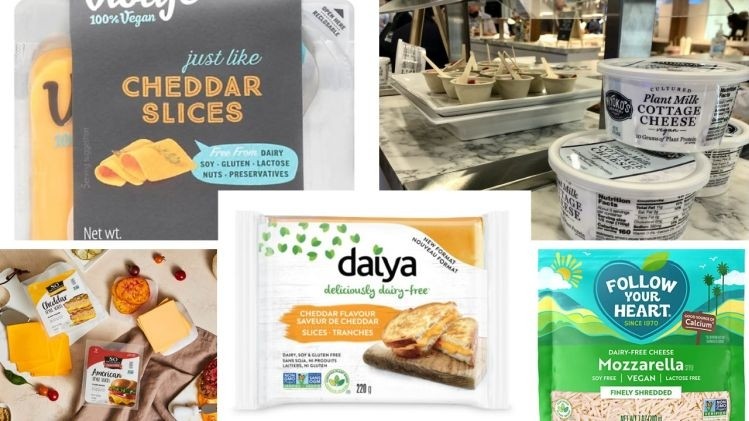
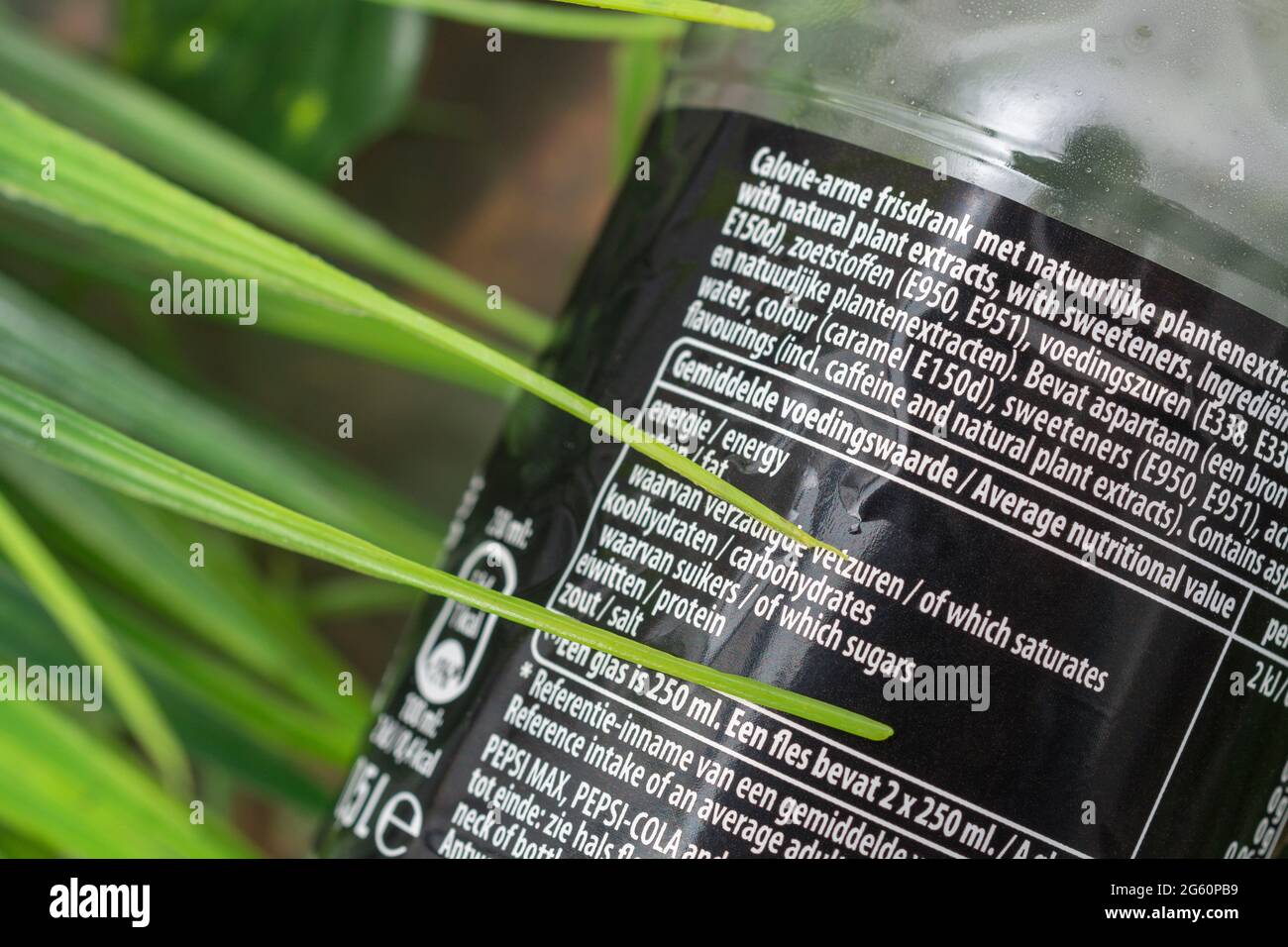









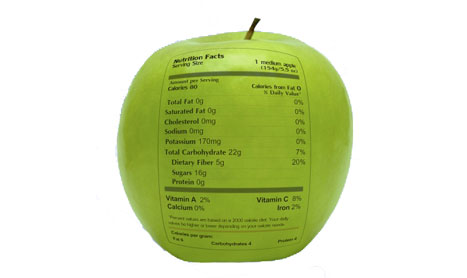






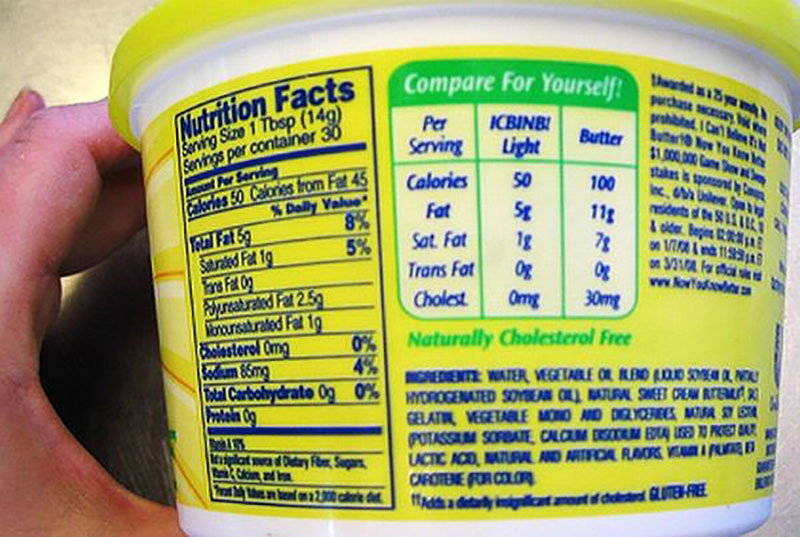


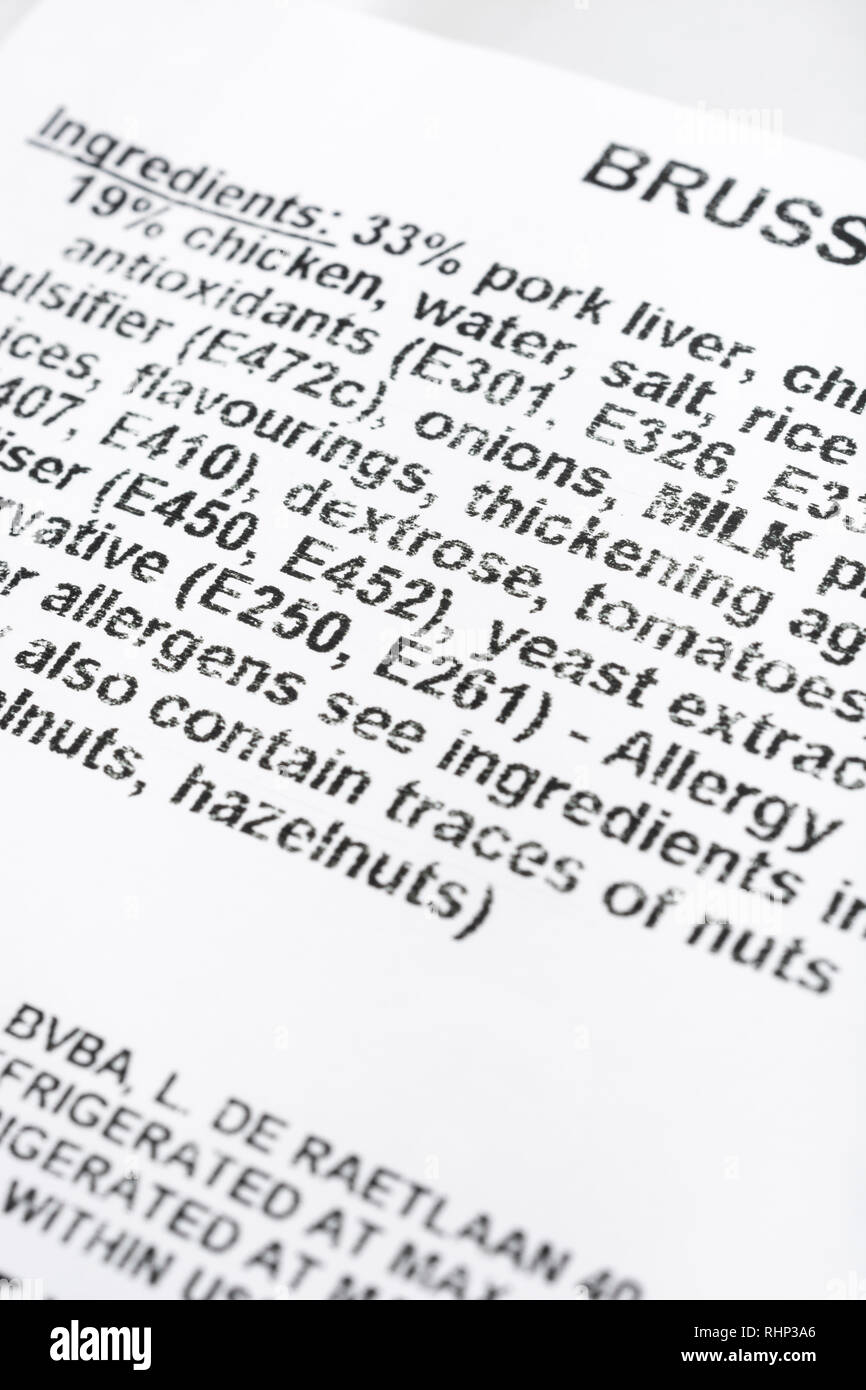







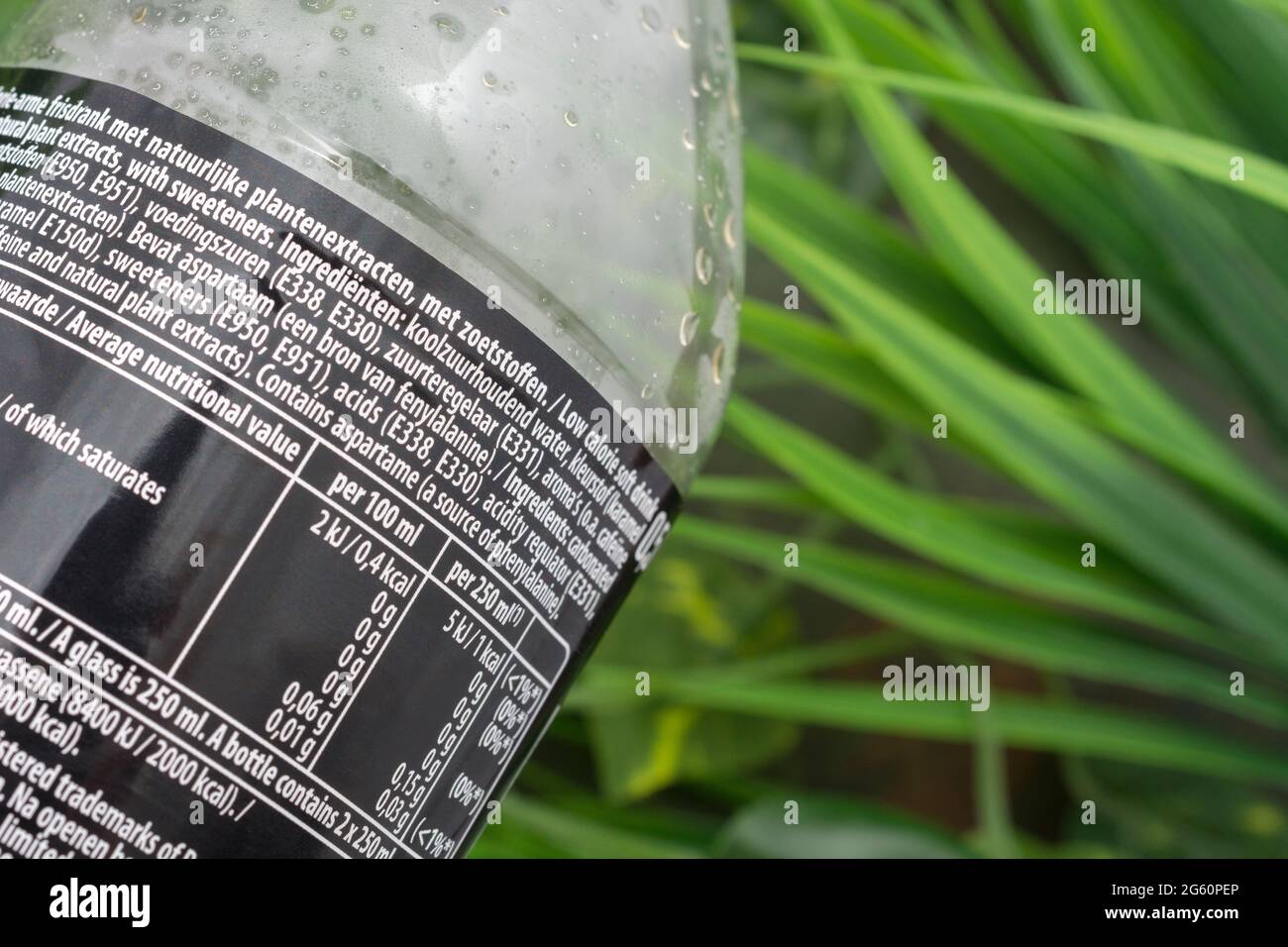
Post a Comment for "40 e numbers on food labels"